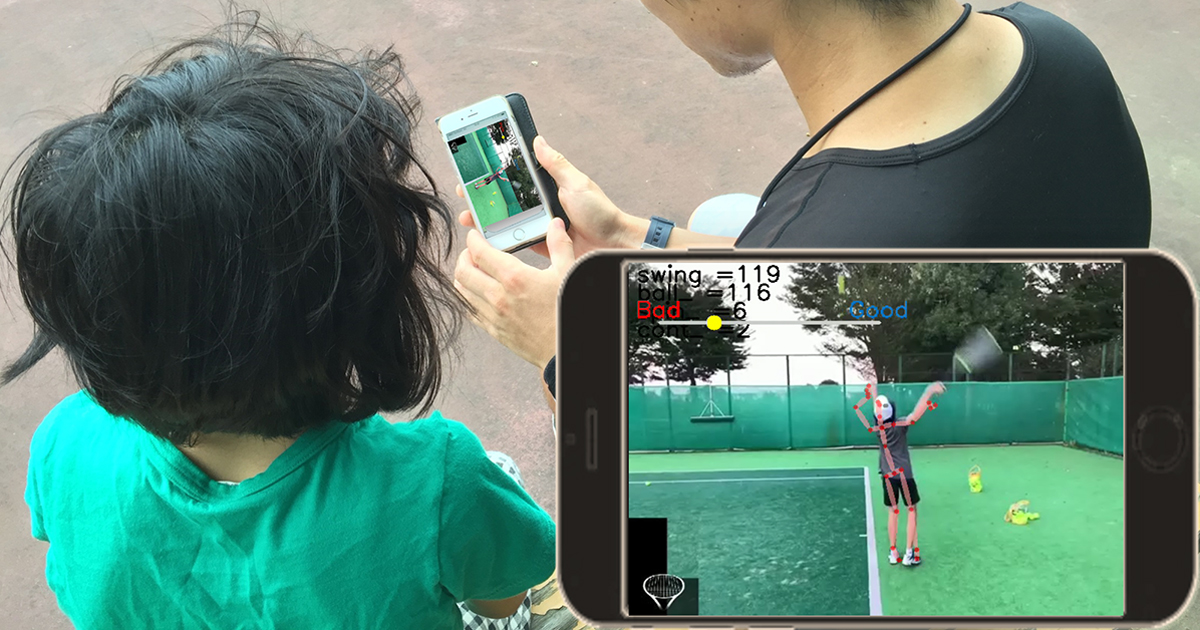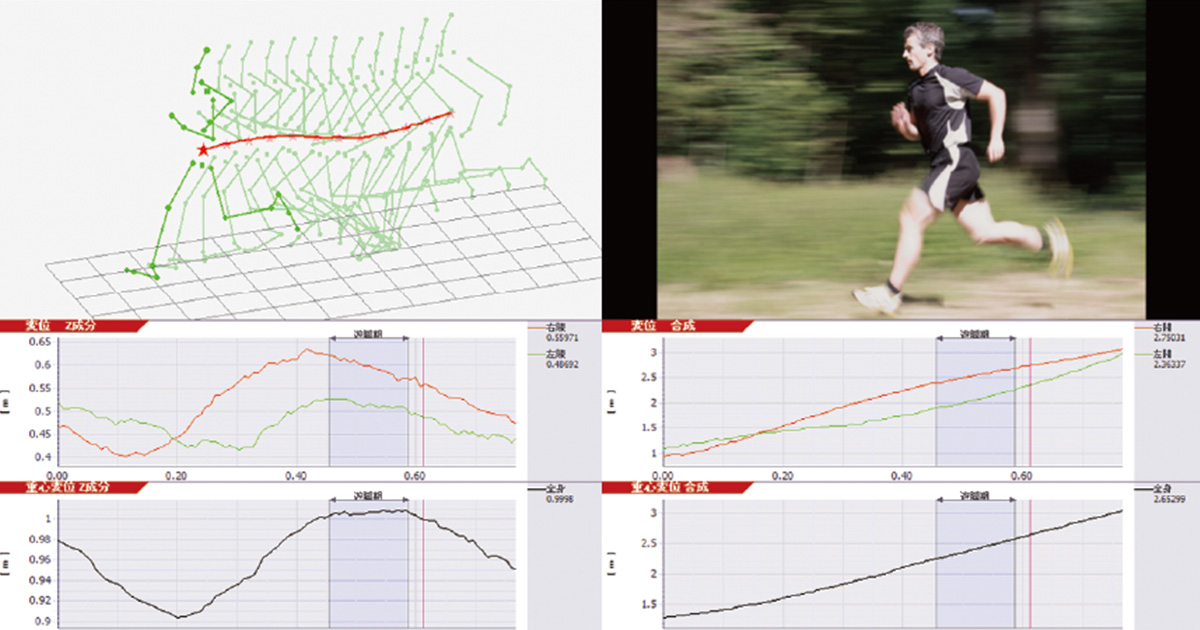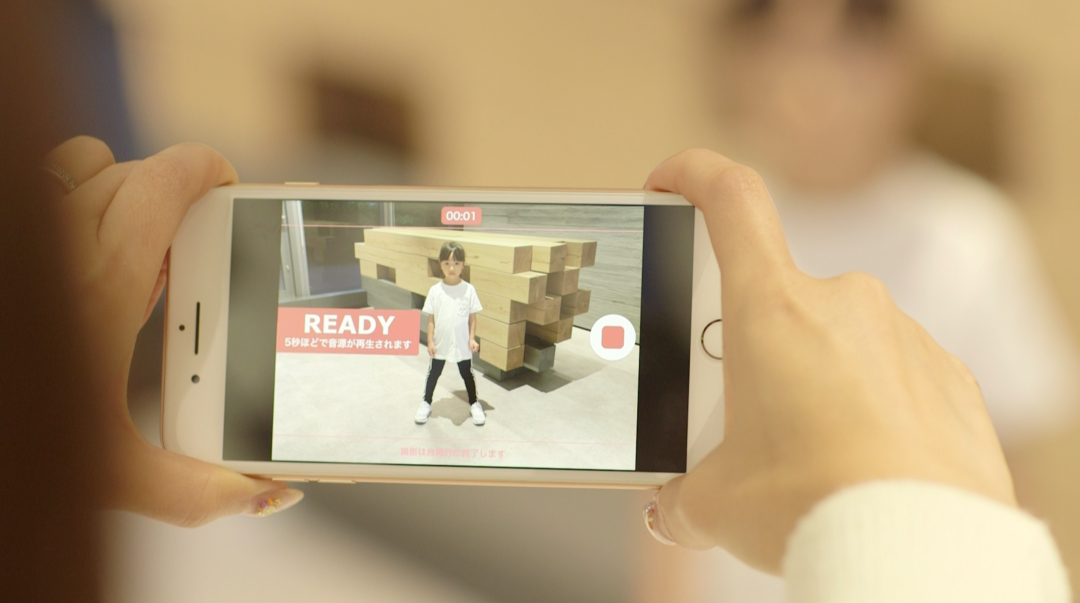Utilized for form analysis and scoring evaluations in the sports field
Efficiently correcting form by digitizing and visualizing ideal form data and discrepancies.
In the field of sports, posture evaluation can be utilized in many disciplines such as baseball, golf, badminton, karate, tennis, track and field, archery, basketball, dance, yoga, and others. For example, in sports where form is crucial such as baseball, golf, and tennis, comparing the ideal form of professional athletes with practice form using skeletal data allows visualizing discrepancies, making the points for form correction clear, and enabling efficient corrections.
Sports and Training Analysis
VP-Motion can also be used to analyze sports and fitness exercises. For sports where form is important, such as baseball, you can use it as a form evaluation system. In other exercises, such as jumping jacks or squatting, VP-Motion can serve as an automated rep counter.
More details about VP-Motion
Using VisionPose to understand the relationship between pitching motion and pitching disorders in youth baseball
VisionPose was utilized to analyze a database of over 4,000 baseball players to find the relationship between pitching motion and pitching disorders.
Case Study Details

Utilized VisionPose’s AI digitizing function in 2D/3D video motion analysis system Frame-DIAS6

Standardize evaluation criteria and improve work efficiency by automatically scoring with AI
In the field of sports, posture evaluation can also be utilized as an aid in scoring and evaluation. For example, in activities such as dance, figure skating, and gymnastics, judgments are left to the discretion of judges, but the criteria for judgment can vary slightly from person to person, leading to potential errors. With VisionPose, we can prevent human errors and expect fairer judging.
Integrated into the ‘Avex Street Dance Certification Test’,a smartphone application that uses video analysis to evaluate dance technique scores.
VisionPose is utilized as a solution to capture the unique movements of dance and detect the necessary skeletal information quickly and accurately, enabling quantitative evaluation of dance skills that were previously only qualitatively evaluated.
Case Study Details
